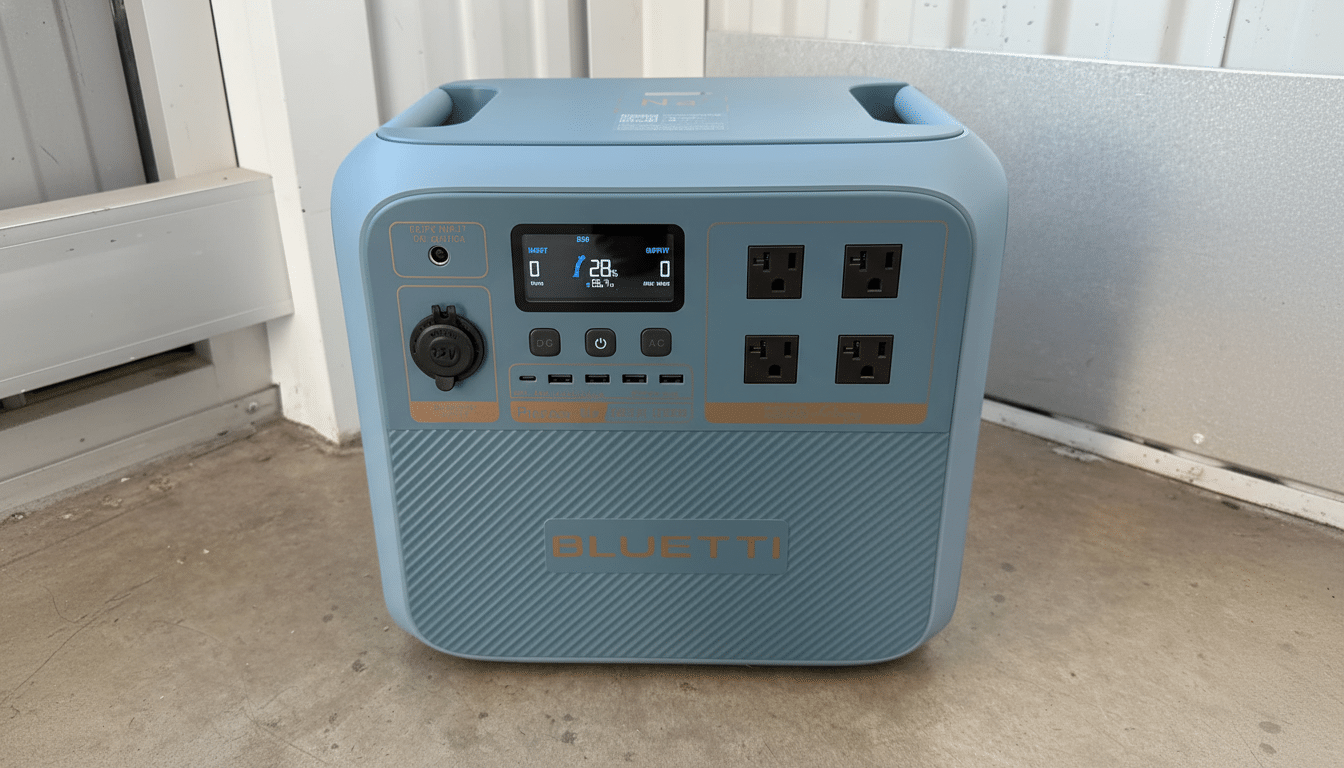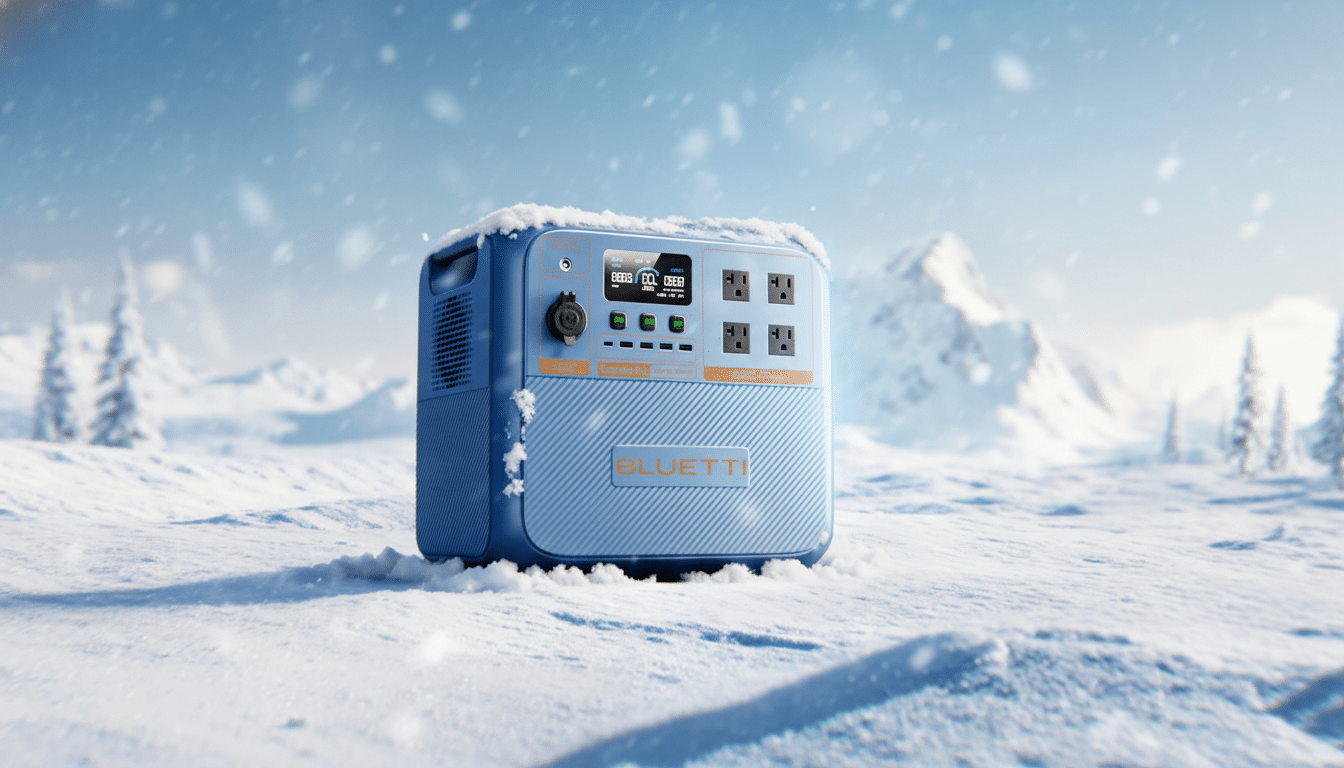With winter camping or overlanding on your calendar, or just with storm prep in mind, this is the portable power deal to keep tabs on. There’s the new Bluetti Pioneer Na portable power station, now 38% off at $799 instead of its regular price of $1,299 (for a savings of $500) on the just-launched model that is built around sodium‑ion battery tech so you can keep working even when the mercury falls.
Why Sodium‑Ion Batteries Matter in Cold Weather
Most portable stations use the durable and safety-minded lithium iron phosphate (LiFePO4) cells, but they are hand-wringing community theater performers in freezing weather. Guidance to industry from the U.S. Department of Energy and lab data from NREL indicate that charging lithium‑ion below about 32°F risks damage from lithium plating and accelerated degradation, so many packs simply won’t accept a charge in the cold.

Bluetti’s Pioneer Na is based on sodium‑ion chemistry, which can withstand freezing temperatures far more readily. The unit is rated to work down to −13°F and charge at 5°F, translating into use cases that include winter job sites, ice fishing, and high‑altitude camping where standard packs quickly quiver themselves cold. Sodium‑ion cells can also use lower-cost sodium and aluminum instead of more expensive lithium and copper, a materials advantage that has received growing attention from energy analysts at organizations like the IEA.
Capacity and Real‑World Run Time for Typical Loads
The 1,500Wh Pioneer Na is ideal for off‑grid weekends, emergency backup for essentials like a refrigerator or CPAP machine, or to power a mobile workstation. In practical terms, that’s enough to light up a 10‑watt LED for about two days nonstop, keep a typical Wi‑Fi router running through several nights, or recharge phones and small radios dozens of times. Real‑world run time depends on inverter loss and device load, but the buffer is large for light AC loads and electronics.
For cold‑weather use cases, imagine never giving a thought to lighting in an ice tent, refraining from cutting back your satellite communicator’s top‑offs, or running the fan of a compact pellet heater for hours on end with nary a care. Medical users should check their device’s specs, but a 40‑watt CPAP, for example, can often be run all night with some to spare depending on heater settings and whether you use the humidifier.
AC Rapid Recharge and Solar‑Ready Charging
Bluetti states the Pioneer Na can reach 80% from AC in around 45 minutes, which is on the quick side for a 1.5kWh‑class unit and helps to maximize grid window times or generator running durations. In the field, it takes up to 500W of solar input; in good sun, that means a full recharge in around two and a half hours, depending on array orientation and conditions.
Rapid top‑off matters in winter because there’s not much daytime. A brief AC zap at home or a tiny 2×250W foldable panel in camp means the battery will spend more time powering gear and less time chained to a USB.
How This Deal Compares to Similar Power Stations
In the 1,200Wh–1,600Wh category, mainstream LiFePO4 competitors from household brands typically settle in at, say, $1,099 to $1,399 retail and many of them continue to limit charging when temperatures fall below freezing. With a list price of $799, the Pioneer Na is priced below average and offers chemistry designed to perform down to sub‑zero levels. Bluetti’s sodium‑ion approach was on display at IFA in Berlin, and this consumer model packages that up into a practical, cold‑ready package.

The 38 percent discount is significant in a category where deep cuts typically come only during sales holidays. So for buyers who have been waiting for a proper winter‑capable power station without leaping all the way to systems that are much bigger (and more expensive), this is one of the most attractive values available.
Who Should Buy and What to Consider Before Purchase
If you frequently encounter freezing temperatures, are relying on solar in the shoulder season, or need a pain-in-the-ass backup for routers, lights, laptops, cameras, and comm gear: Get the Pioneer Na. Charging that’s cold‑tolerant could be particularly useful for winter anglers, snow campers, and field engineers or roadside techs.
Two caveats before you buy: sodium‑ion typically sacrifices a bit of energy density in exchange for cold performance, so don’t expect any savings in weight relative to similar‑sized LFP units — in fact, given the same charge capacity as other lithium iron phosphates, you can even typically expect slightly higher weights.
And one and a half kilowatt‑hours are versatile, but not whole‑home solution territory. Power hogs like large space heaters, big microwave ovens, and high‑draw power tools will drain reserve quickly; choose your inverter size based on the watts you need to power and load accordingly.
The bottom line: If your power needs never take a winter break, this deal delivers uncommon chemistry bennies at an impossible‑to‑ignore price.
The Pioneer Na’s low‑temperature charging, speedy AC refill time, and solid 1.5kWh capacity make it one of the most intelligent cold‑weather purchases in to‑go power currently.

